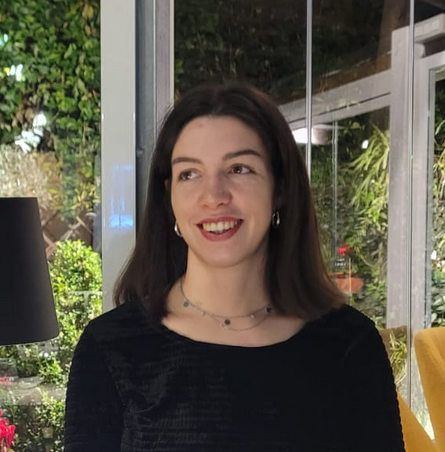 |
ELENA GOVI
Dottorando
Dipartimento di Scienze Fisiche, Informatiche e Matematiche
|
Home |
Curriculum(pdf) |
Pubblicazioni
2022
- Deep Image Prior for medical image denoising, a study about parameter initialization
[Articolo su rivista]
Sapienza, Davide; Franchini, Giorgia; Govi, Elena; Bertogna, Marko; Prato, Marco
abstract
Convolutional Neural Networks are widely known and used architectures in image processing contexts, in particular for medical images. These Deep Learning techniques, known for their ability to extract high-level features, almost always require a labeled dataset, a process that can be computationally expensive. Most of the time in the biomedical context, when images are used they are noisy and the ground-truth is unknown. For this reason, and in the context of Green Artificial Intelligence, recently, an unsupervised method that employs Convolutional Neural Networks, or more precisely autoencoders, has appeared in the panorama of Deep Learning. This technique, called Deep Image Prior (DIP) by the authors, can be used in areas such as denoising, superresolution, and inpainting. Starting from these assumptions, this work analyses the robustness of these networks with respect to different types of initialization. First of all, we analyze the different types of parameters: related to the Batch Norm and the Convolutional layers. For the results, we focus on the speed of convergence and the maximum performance obtained. However, this paper aims to apply acquired information on Computer Tomography noised images. In fact, the final purpose is to test the best initializations of the first phase on a phantom image and then on a real Computer Tomography one. In fact, Computer Tomography together with Magnetic Resonance Imaging and Positron Emission Tomography are some of the diagnostic tools currently available to neuroscientists and oncologists. This work shows how initializations affect final performances and, in addition, how they should be used in the medical image reconstruction field. The section on numerical experiments shows results that on the one hand confirm the importance of a good initialization to obtain fast convergence and high performance; on the other hand, it shows how the method is robust to the processing of different image types: natural and medical. Not a single good initialization is discovered, but many of them could be chosen, according to specific necessities of the single problem.